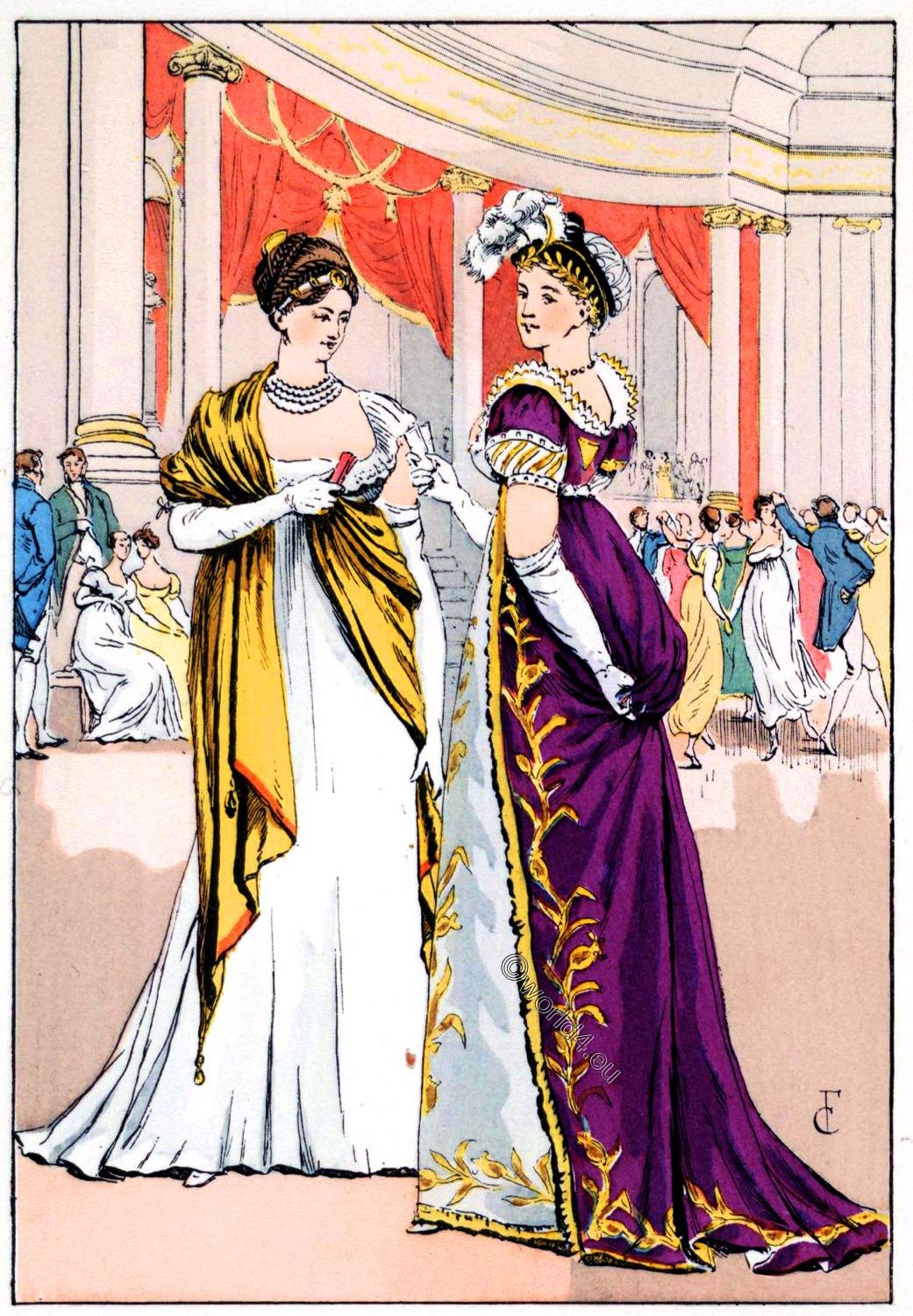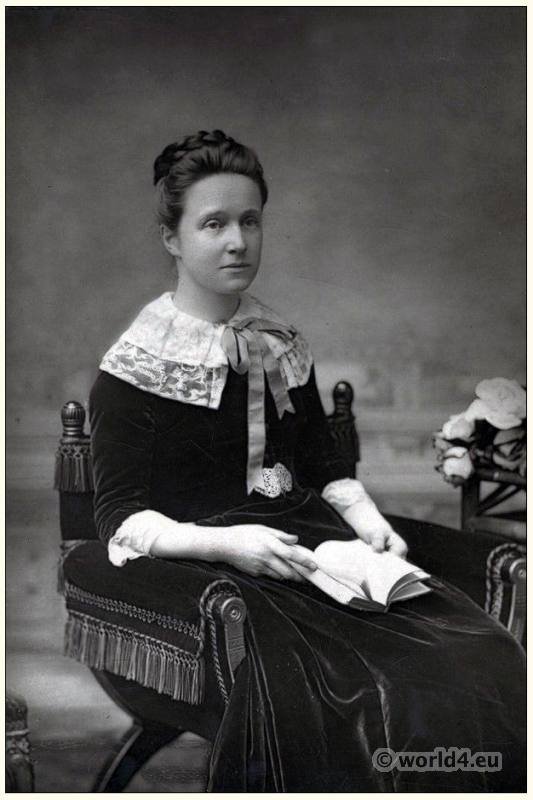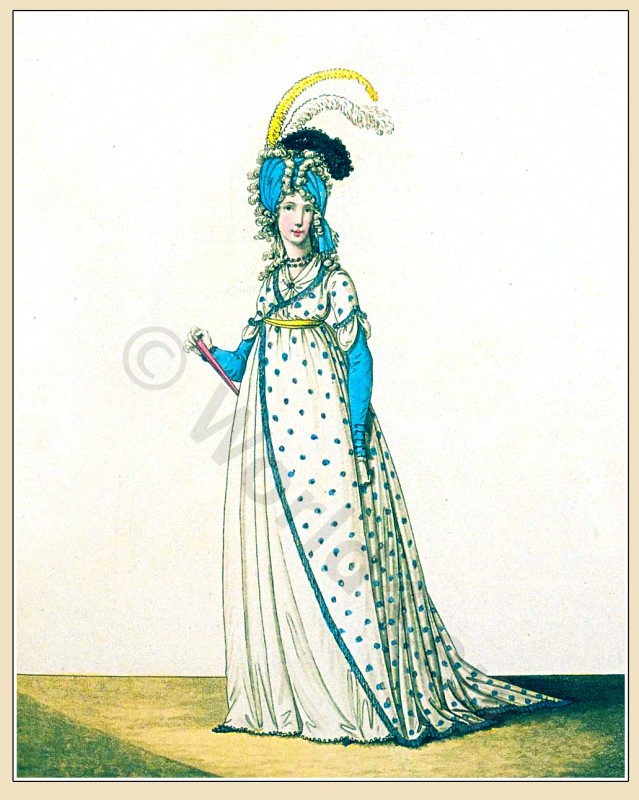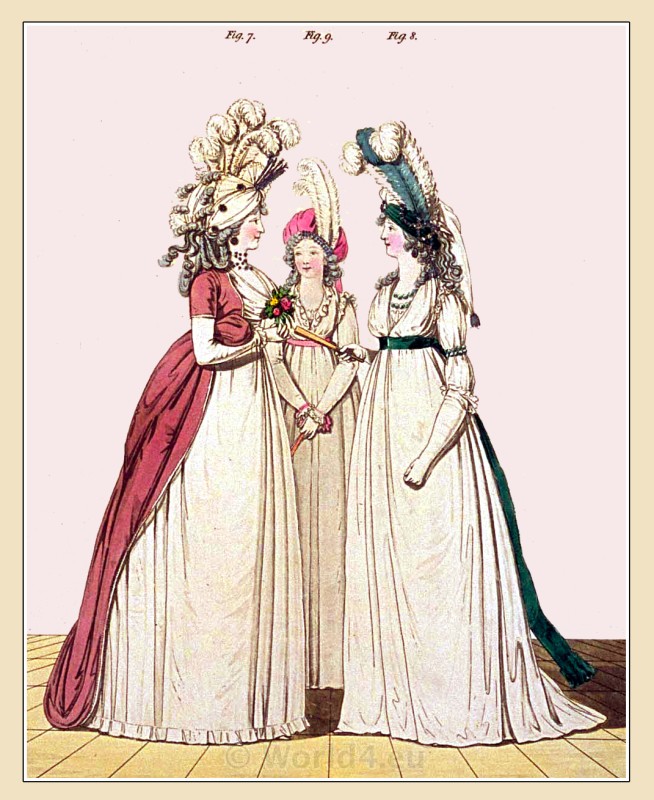The first quadrille at Almack’s. England regency period 1818.
Four figures dancing at the club Almack’s: Marquis of Worcester; Lady Jersey; Clanronald Macdonald and Lady Worcester.
From the book: The Reminiscences and Recollections of Captain Gronow, being anecdotes of the camp, court, clubs and society, 1810-1860. By Captain Rees Howell Gronow (1794–1865). Published: London, John C. Nimmo, 1889. Artist Joseph Grego (1843-1908).
Related
Discover more from World4 Costume Culture History
Subscribe to get the latest posts sent to your email.







